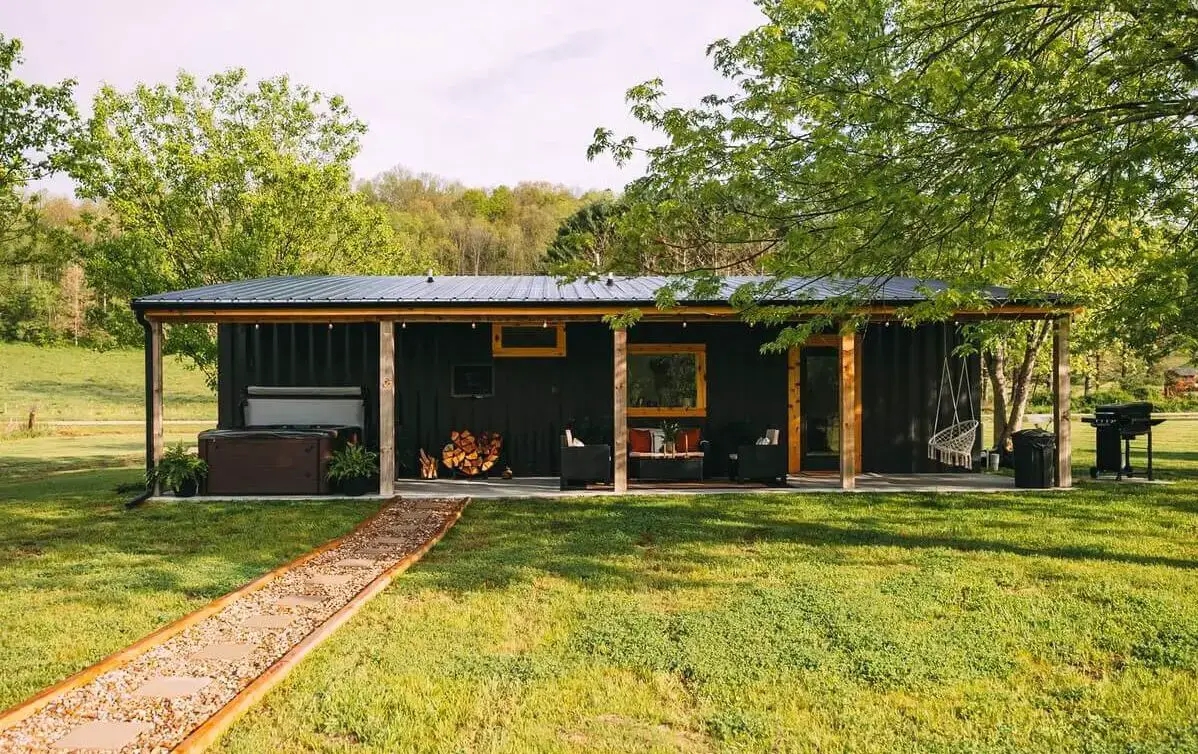In the realm of modern architecture, container houses, as an innovative building form, have garnered increasing attention due to their rapid, cost-effective, and eco-friendly features. However, to ensure the quality and safety of container houses, a series of technical standards must be followed throughout their design, manufacturing, and construction processes. This article delves into the technical standards for container houses, providing insights to help you better understand this architectural form.

1. Structural Design Standards
The structural design of container houses forms the foundation for ensuring overall stability. Relevant standards include structural load calculations, material selection, seismic design, and more. A well-designed structure not only ensures the safety of the dwelling but also enhances its lifespan.
2. Environmental-Friendly Material Standards
Environmental sustainability is a key pursuit in modern construction. As an eco-friendly building form, container houses must adhere to environmental-friendly material standards. This involves the use of recyclable materials, control of volatile organic compounds (VOCs) content, and other measures to minimize environmental impact.
3. Fire Safety Standards
Fire safety standards are indispensable to ensure that container houses provide sufficient protection in the event of a fire. This includes regulations on material selection, application of fire-resistant coatings, and the provision of emergency evacuation routes.
4. Construction Process Standards
The rapid construction of container houses relies on standardized construction processes. Relevant standards cover foundational construction, modular assembly, layout of pipes and wires, ensuring an orderly and efficient construction process.
5. Energy Efficiency Standards
Energy efficiency is a common goal in modern architecture, and container houses are no exception. Energy efficiency standards encompass insulation, lighting design, smart energy-saving systems, and other measures to maximize energy conservation during the dwelling's usage.
6. Safety Standards in Usage
Safety in usage is a fundamental requirement for any building, and container houses are no exception. Safety standards in usage mainly involve the installation of electrical facilities, regular inspection of the structure, and maintenance to ensure the safety of the inhabitants.
7. Integrated Equipment Standards
Container houses typically include various integrated equipment such as kitchens, bathrooms, and air conditioning. Relevant standards specify the selection, installation, and maintenance of these devices, ensuring their proper functioning and enhancing the quality of life for residents.
In summary, technical standards for container houses cover various aspects from design and manufacturing to usage. Adhering to these standards not only contributes to the overall quality of container houses but also ensures their safe and stable operation in different environments. If you are planning to invest in or use container houses, a thorough understanding and adherence to these technical standards will be a crucial safeguard for project success.